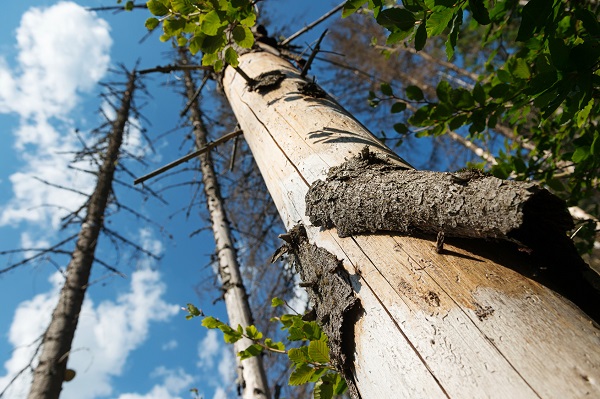Leadership story about paying attention to the seemingly small things
There is a story told by the late American Pastor Harry Emerson Fosdick that has strong leadership implications.
He tells about how in the mountains of Colorado lies the ruins of a gigantic tree which had stood for hundreds of years.
It was a seedling when Columbus landed and a little more than half grown when the pilgrims settled at Plymouth.
During its long life, the very big tree had been struck by lightning fourteen times and endured other large innumerable adversities including avalanches and storms.
However, it wasn’t any of those things that brought it down. What brought it down was an insect – a beetle to be exact.
An army of beetles had attacked the inside of the tree by chewing its way though the bark and destroying its inner strength and leveling it to the ground.
This forest giant hadn’t withered or died by fire, lightening or storms – it was brought down by a small beetle so small that it could be crushed between the thumb and forefinger of a man or woman.
Recently, tiny beetles are being blamed for the lost of five million acres of Colorado forests.
What does this have to do with leadership?
Most leaders will be able to survive the lightening, the avalanches and other big adversities, but it is the small things that they really have to worry about.
Jealousy, envy, pettiness, gossip, resentment, anger and negativity, to name just a few, can creep in on our teams and within our organizations and quickly destroy any culture we are trying to build.
We must carefully be on guard for our ourselves and for our teams and organizations.
When we identify such poisons either personally or in our teams and/or organizations, it is important to take action immediately before it spreads.
If it has already spread, it would be wise to start cutting out the poison that has had time to fester and replace it quickly with something else.
Your culture and leadership depends on your recognition of the small things and acting quickly upon their potential cumulative effect.






